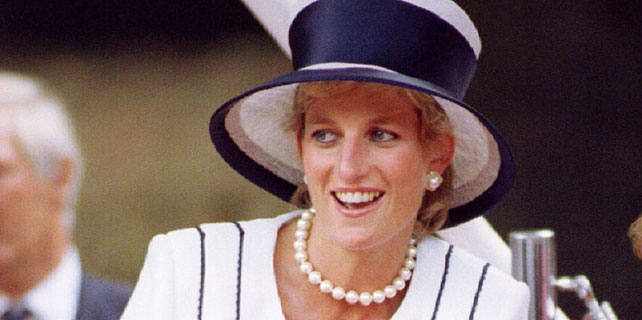Now, post-1980s consumers hold key to markets
Post-1980s consumers have become the backbone of China's consumption-driven economy, a study from Nielsen shows.
Some 210 million consumers in China constitute the post-1980s generation, accounting for 15 percent of the mainland's 1.37 billion consumers, more than any other age group, industry statistics shows. Their spending power continues to grow, driving consumption.
The report shows that the post-1980s generation have higher monthly income than those born in the '60s, '70s and '90s. About 36 percent of the post-'80s families have monthly income of over 10,000 yuan ($1,470), followed by post-'70s families (32 percent) and post-'90s (31 percent). Only 28 percent of post-'60s families have monthly income more than 10,000 yuan.
Current economic conditions, which are considered better than those in the past, also make consumers born in the 1980s more optimistic about their financial situation. They have greater consumption power compared with other age groups.
"Brands that aim to target those consumers don't think about affordability but quality and convenience," said Vishal Bali, managing director of Nielsen China.
When comparing age groups from post-'50s to post-'90s, people born in the 1980s stand out, with 59 percent of them regarding their present financial status as "good", higher than any other groups. Meanwhile, 65 percent of the post-1980s are very positive toward their expected financial status in the next 12 months, also the most optimistic group.
Since most of the post-1980s people are married and have their own families, family spending accounted for the main part of their consumption. Children's education accounted for 55 percent of their total spending, much higher than the average percentage of other age groups (40 percent).
At the same time, vehicle purchases and maintenance take up another large part of the spending of post-1980s consumers, about 30 percent, higher than 24 percent that is the average for other age groups. Also, the post-1980s consumers are passionate about entertainment, with 44 percent of them saying their family goes out for leisure activities, four percentage points higher than the average level of other age groups.
"With rising financial influence, consumers born in the 1980s are becoming a key part of China's consumption-driven economy. Marketers looking to drive growth for their brands should focus on understanding this key consumer segment," said Bali.
"In contrast with the post-'70s and post-'60s consumers, the post-'80s consumers are becoming increasingly sophisticated in their shopping behavior and the way in which they interact online. Therefore, brands need to improve both their offline and online marketing strategies if they are to accurately engage target consumers and build brand awareness," Bali said.
Zheng Yiran contributed to this story









